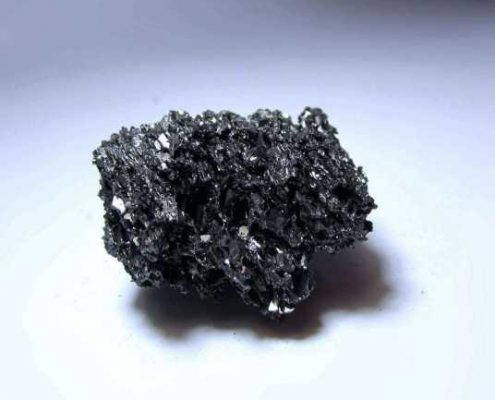Little knowledge of sintering furnace: the difference between titanium carbide and tungsten carbide
Silicon carbide has two commonly used basic varieties, black silicon carbide and green silicon carbide, both of which belong to α-SiC.
①Black silicon carbide contains about 95% SiC, and its toughness is higher than that of green silicon carbide. It is mostly used for processing materials with low tensile strength, such as glass, ceramics, stone, refractory materials, cast iron and non-ferrous metals.
②Green silicon carbide contains more than 97% SiC and has good self-sharpening properties.
Titanium carbide is only a component of tungsten steel. It also needs to use iron group metals (mainly cobalt) as a binder, mixed and pressure-formed, and titanium carbide alone cannot be used as a tool.

TiC is light gray, cubic crystal system, insoluble in water, has high chemical stability, hardly reacts with hydrochloric acid and sulfuric acid, but can be dissolved in aqua regia, nitric acid, and hydrofluoric acid, and is also soluble in alkaline in the oxide solution.
Tungsten carbide is a compound composed of tungsten and carbon with a molecular formula of WC and a molecular weight of 195.85. It is a black hexagonal crystal with a metallic luster, and its hardness is similar to that of a diamond. It is a good conductor of electricity and heat. Tungsten carbide is insoluble in water, hydrochloric acid and sulfuric acid, and is easily soluble in the mixed acid of nitric acid and hydrofluoric acid. Pure tungsten carbide is brittle, and if it is mixed with a small amount of titanium, cobalt and other metals, the brittleness can be reduced. Tungsten carbide used as a steel cutting tool is often added with titanium carbide, tantalum carbide or their mixture to improve the anti-knock ability. Tungsten carbide is chemically stable. Tungsten carbide powder is used in cemented carbide production materials.
Tungsten steel, also known as cemented carbide, refers to a sintered composite material containing at least one metal carbide. Tungsten carbide, cobalt carbide, niobium carbide, titanium carbide, and tantalum carbide are common components of tungsten steel. The grain size of the carbide component (or phase) is typically between 0.2-10 microns, and the carbide grains are held together using a metallic binder. The binder usually refers to the metal cobalt (Co), but for some special applications, nickel (Ni), iron (Fe), or other metals and alloys can also be used. A compositional combination of carbide and binder phase to be determined is referred to as a “grade”.
